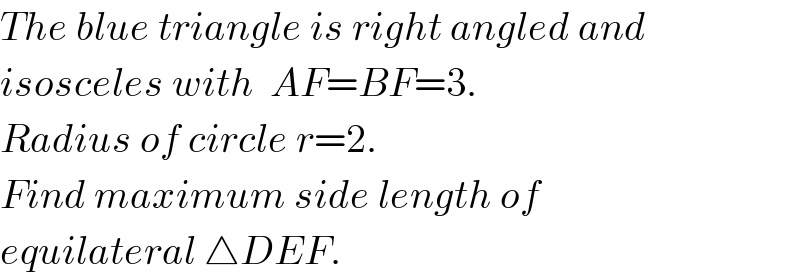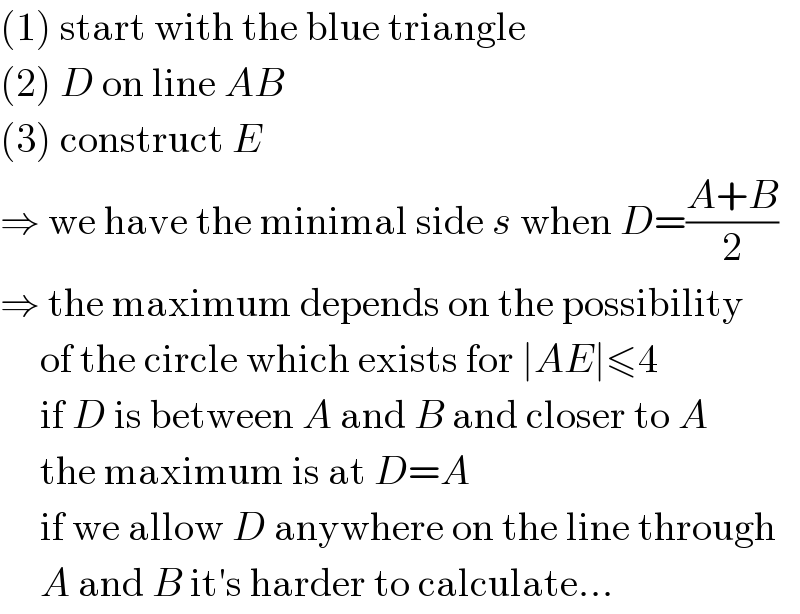
Question and Answers Forum
Question Number 121615 by ajfour last updated on 10/Nov/20

Commented by ajfour last updated on 10/Nov/20

Commented by MJS_new last updated on 10/Nov/20

Commented by ajfour last updated on 10/Nov/20

Commented by MJS_new last updated on 10/Nov/20

Commented by ajfour last updated on 10/Nov/20

Commented by MJS_new last updated on 10/Nov/20

